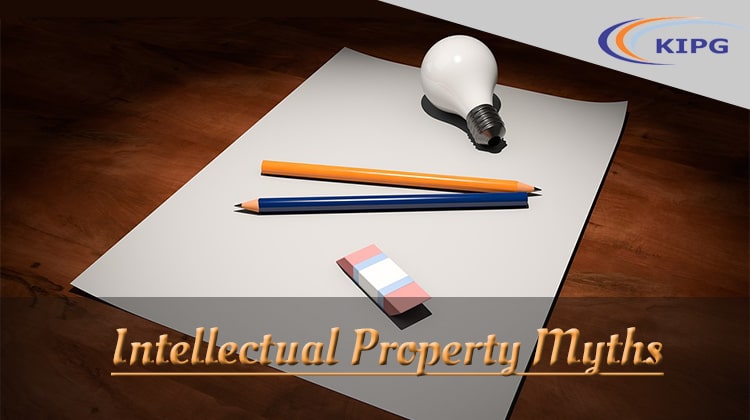
In today’s Intellectual Property (IP) intensive environment, people mostly don’t set out to steal or copy any other person’s property, invention, or creative ideas. Rather, they get inspired by the creativity around them, which in turn leads them down to a daunting path of inappropriate business deals. If people don’t understand the laws and rights of intellectual property, their businesses can face a massive loss, ultimately leading to even bankruptcy. So, here are a few common intellectual property myths, which can prevent your business from having a negative impact.
Myth 1 – Registration of IP is the end of the matter
Nowadays, many companies and organizations strongly believe that once a trademark is registered or a patent is granted, they can be used without worrying about infringing someone else’s intellectual property. However, a post-registration challenge can also be made to check the validity of a trademark or patent, which happens mostly in the cases of infringement. Moreover, other people can also infringe on your products, or services, therefore, it will not be wrong to say that granted Intellectual Property Rights (IPR) do not prevent infringement.
Myth 2 – A Patent protects an invention worldwide
There is nothing like “Worldwide Patent Protection.” For instance, a patent granted in the US only protects that product in the States. If the owners want to ensure protection abroad, they must file a Patent Application in each country (as per their local Patent Laws) where they want to use the patent. However, there are a few international filing systems, namely, the Patent Cooperation Treaty (PCT) and the European Patent Convention, which can offer aid in obtaining patent protection in multiple jurisdictions at once.
Myth 3 – Trademarks protect only words or logos
A trademark can be any sign which is capable of being graphically represented by distinguishing goods or services from those of other undertakings. In addition to words and logos, colors (single color or color combinations), sounds, holograms, positions, or motion marks are also applicable for Trademark Registration.
Myth 4 – A person is free to use anything available on the internet
Many people around the globe believe that anything published on the internet is free to use as it is in the public domain. However, the content on most websites, which includes the text and images, is likely to be subject to Copyright Protection. If something is publicly accessible on the Internet does not necessarily mean it is in the public domain. Therefore, all business owners and other individuals should assume that anything available on the Internet is copyrighted, even if it doesn’t have the copyright symbol.
Myth 5 – IP is only for technology companies and large corporations
IP is size neutral as it benefits the companies of all sizes. Often, technology companies and large corporations like Apple and Google get highlighted in the news by mentioning their intellectual property. However, in today’s cut-throat competitive world, smaller companies are often more creative and innovative because of their better and smarter ways of doing things. Therefore, the intellectual property extends protection to all types of businesses in the market and is the best asset any company or firm could ever own.

